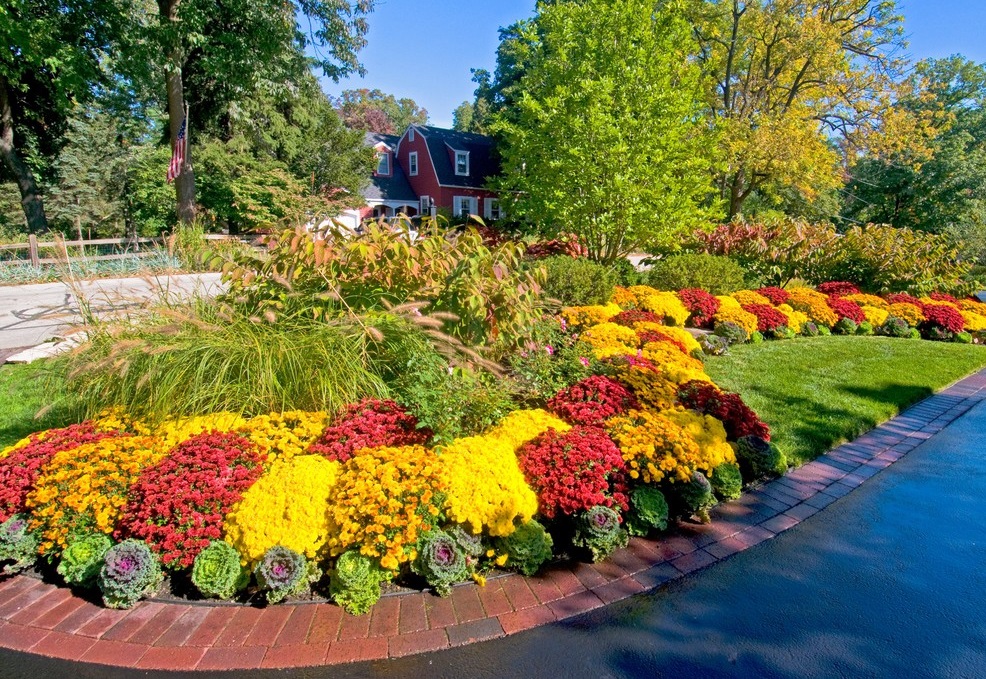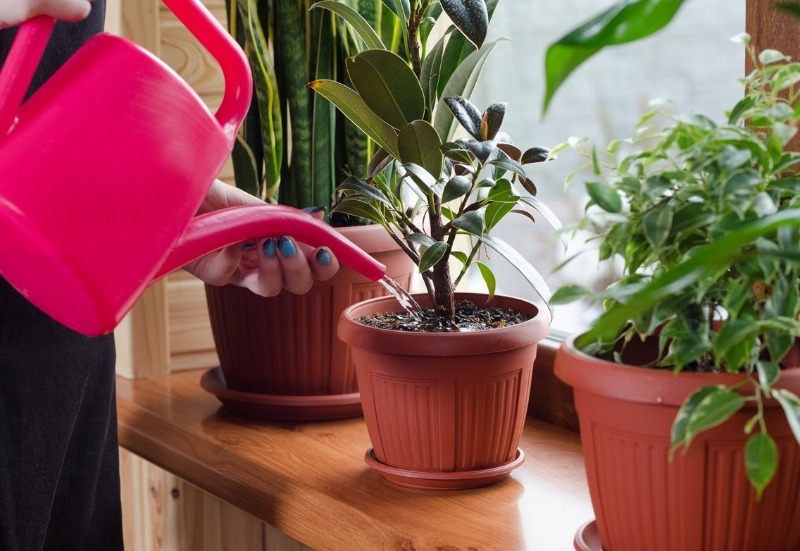As soon as the florist gains experience, he usually has a desire to experiment - for example, plant several flowers in one container, create a composition. How to do it correctly so that all plants develop, have a lush crown or flowering, we will tell in the article.

We select plants
In order for the composition to look like a single whole, you need to choose the right flowers for joint cultivation. Only those species that require the same soil composition can grow together. All care requirements must also match:
- to illumination;
- to air temperature and humidity;
- to the watering regime.
The easiest way is to create a composition of succulents that can equally tolerate lack of water and bright light. They make excellent colorful panels or "rock gardens" with which succulents are well combined in color and appearance.
They grow in the desert and often disguise themselves as rocks to survive. Succulents survive even in a small amount of soil, in sandstone, they are used to make gift florariums - small "flower beds" in a glass aquarium or a round vase.
Small flowering plants, such as pelargoniums, violets, also look beautiful in groups.
If you have a desire to create a composition of different colors, then you also need to take into account their periods of growth and rest. If they do not match, then the plants will give out shoots and buds unevenly, one will outgrow the rest, knocking out of the composition, and create a shadow for others. Plus, a flower during the growth period will take up more space for itself, and can "stifle" the growth of another in a dormant period.
We place it correctly
After the plants are picked, you need to place them correctly. If the flower has a developed root system, give it more space. Calculate the number of copies in one pot or box in advance, based on the volume of soil and the developmental characteristics of each. Do not plant many large-rooted flowers in one container. In a close composition, they will lack water, food from the soil, and space for development. Plant them at a distance of 20-30 cm from each other.
If the planting is tight, then the air space between the leaves will be small, and this leads to diseases, mold and rot. Also, some plants in cramped conditions may lack light, which will adversely affect their growth, flowering and appearance. This applies to compositions with flowers of the same height, plant them at a distance from each other, so that later they do not block the light from each other.
Choosing plants of different heights
In order for all the plants in the composition to feel good, please with their growth and attractive appearance, choose species of different heights. Combine the upright ones with the ampelous ones, and the tall ones with the undersized ones, and then they will not have to fight for a place in the sun.
The combination of colors of different heights will help create an aesthetic composition. Low-growing plants will help cover the soil, create a "living carpet", against their background tall ones will stand out favorably. Place ampelous and ground cover views in the foreground, and tall ones in the background.
For compositions, types of home ferns, combinations of flowering varieties and decorative leafy ones are well suited: it all depends on the taste and desire of the grower.Low Fittonia and blooming Spathiphyllum, Anthurium look good in compositions. Crassula (fat woman) is combined with cacti and succulents.
Use ceramic figurines, vases, baskets for decoration. The main thing is to follow all the rules for selecting plants for each other.
Do not be afraid to create, come up with the most daring combinations. For the successful cultivation of compositions, only a little experience and minimal knowledge about the features of the selected specimens are needed.


